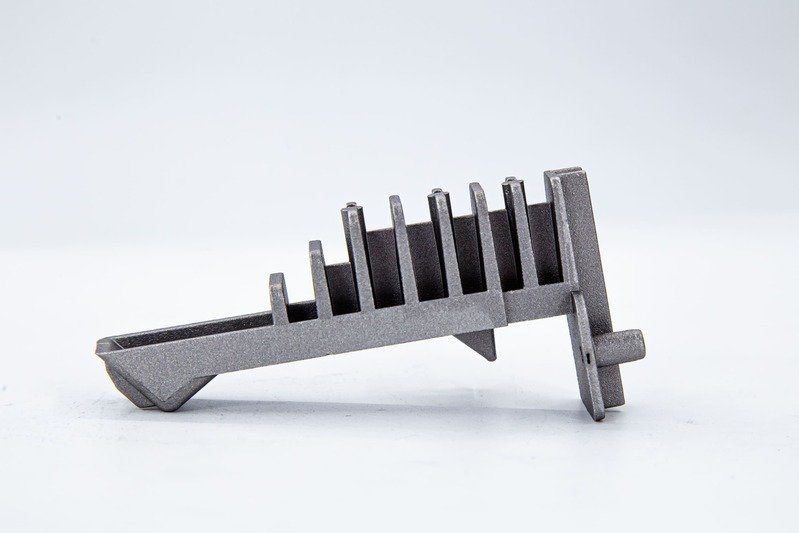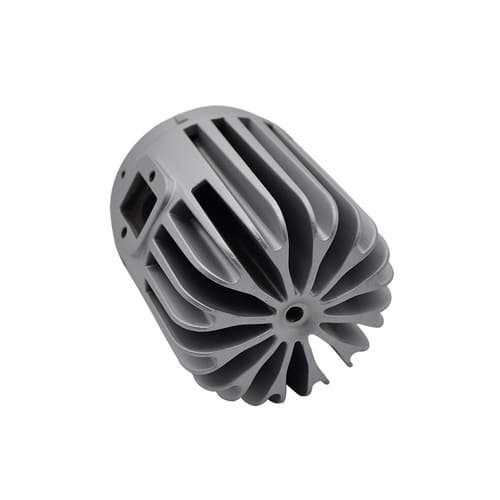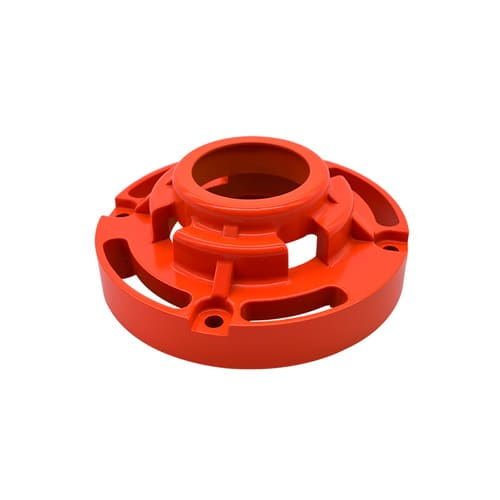Die-cast cars are miniature replicas of real-world vehicles, typically automobiles, created using a metal casting method called die-casting. This process involves injecting molten metal (often a zinc alloy) under high pressure into a reusable mold. The metal cools and hardens rapidly, taking the precise shape of the mold cavity. This allows for the mass production of highly detailed and durable miniature vehicles.
Materials and Manufacturing
The primary material used in die-cast cars is zinc alloy, which offers affordability, durability, and the ability to hold fine details. However, some high-end models may use other metals like aluminum or even magnesium for even greater detail and weight. Other parts, like wheels, windows, and interiors, are often made from plastic, rubber, or glass for added realism.
The die-casting process itself is pretty involved. Here’s a simplified breakdown:
- Mold Creation: A steel mold is precisely machined to replicate the desired vehicle’s shape in detail. This mold can be quite complex, with multiple parts to create features like opening doors or detailed engines.
- Molten Metal Injection: Molten zinc alloy is injected into the mold cavity under high pressure. This ensures the metal fills all the intricate details of the mold.
- Cooling and Ejection: The metal cools rapidly within the mold, solidifying into the desired shape. The finished die-cast car is then ejected from the mold.
- Finishing Touches: After ejection, the car goes through various finishing processes like trimming, buffing, painting, and adding details like windows, wheels, and decals.
References:
- Die-cast toy: https://en.wikipedia.org/wiki/Die-cast_toy
- How Die-Cast Cars Are Made
Understanding Die-Cast Car Scales: Demystifying the Sizes
Die-cast cars come in various sizes, but these sizes aren’t random! They’re based on a scale that compares the miniature car to the real-life vehicle it represents. Understanding scale is crucial for collectors and enthusiasts because it directly affects the size, detail level, price, and even how you’ll use the die-cast car.
Why Scale Matters?
Imagine having a die-cast car collection that perfectly replicates your dream garage, but all the cars are different sizes! Scale ensures consistency and allows you to build a collection that reflects the relative sizes of real cars. It also helps collectors choose models that fit their display space.
Common Scales:
Die-cast cars come in a wide range of scales, but here are three of the most popular:
1:18 Scale (The Collector’s Choice)
- This is generally considered the most detailed and collectible scale.
- 1:18 cars are larger, typically around 8-10 inches long, allowing for intricate details like opening doors, working steering, and meticulously crafted interiors.
- Due to the increased size and detail, 1:18 models are often more expensive than smaller scales.
- If you’re looking for a showpiece for your collection or a highly realistic replica, 1:18 is the way to go. You can find a vast selection of 1:18 die-cast cars on platforms like eBay by searching for “1:18 diecast car”.
1:24 Scale (A Balancing Act)
- This scale offers a good compromise between size, detail, and affordability.
- 1:24 cars are smaller than 1:18, usually around 3-4 inches long, making them more manageable for display and play.
- They still offer a decent level of detail, often featuring opening doors and some interior features.
- The price point for 1:24 models is generally lower than 1:18, making them a popular choice for both collectors and casual enthusiasts.
1:64 Scale (Pocket-Sized Fun)
- This is the smallest and most affordable scale among the three.
- 1:64 cars are tiny, typically around 1-2 inches long, perfect for carrying around or creating elaborate miniature car scenes (diorama).
- The level of detail is understandably less compared to larger scales, but they can still be quite attractive and collectible.
- They’re also a great option for kids due to their smaller size and lower price point. Popular brands like Hot Wheels and Matchbox produce die-cast cars on 1:64 scale.
Choosing the Right Scale:
The best scale for you depends on your priorities. Here’s a quick guide:
- For the most detailed and collectible models: 1:18
- For a good balance of size, detail, and affordability: 1:24
- For portability, affordability, or play: 1:64
The Allure of Die-Cast Cars
Die-cast cars hold a special place in the hearts of many. But what drives people to collect these miniature marvels? Here’s a peek into the fascinating world of die-cast car collecting:
A Blast from the Past
For many collectors, die-cast cars are a powerful link to childhood memories. Playing with miniature vehicles sparked a love for cars and fueled imagination. Owning die-cast cars as adults allows them to relive those happy times and reconnect with a simpler era.
Gearheads Unite: A Love for Automobiles
Die-cast cars offer a tangible connection to the world of automobiles. Collectors can own miniature replicas of their dream cars, iconic movie vehicles, or historical automotive landmarks. The intricate details on these models allow collectors to admire the engineering and design of their favorite cars up close.
Potential Treasures
While not all die-cast cars are created equal, some rare or limited-edition models can become valuable collectibles. These can be particularly true for meticulously detailed models from high-end brands or those featuring iconic cars with historical significance. For some collectors, the thrill of the hunt and the potential investment value add another layer of excitement to the hobby.
Miniature Masterpieces
Die-cast cars can be stunning works of art in miniature form. The intricate details, from perfectly replicated paint jobs to meticulously crafted interiors, showcase the skill of designers and model makers. Collectors with an artistic eye appreciate the craftsmanship and realism of creating these miniature masterpieces.
Popular Collectible Brands:
The world of die-cast cars boasts a wide range of brands catering to different preferences and budgets. Some of the most popular collectible brands include:
Hot Wheels: Known for their wide variety, unique designs, and affordability, especially in the 1:64 scale.
Matchbox: Renowned for their realistic detailing and focus on everyday vehicles, often in 1:64 scale.
Maisto: Offers a variety of scales and price points, with a focus on detailed replicas of popular car models.
Greenlight Collectibles: Caters to serious collectors with high-quality, highly detailed models, often focusing on specific car eras or manufacturers.
Beyond Just Cars: Showcasing Thematic Collections
Die-cast car collecting isn’t limited to just real-world vehicles. Themed collections, like the popular Disney Pixar Cars Die-cast Vehicle Set , cater to fans of specific movies or franchises. These sets offer a fun way to relive favorite scenes and characters in miniature form.
Whether it’s a nostalgic connection, a love for automobiles, or an appreciation for miniature art, the reasons for collecting die-cast cars are as diverse as the collectors themselves. This timeless hobby offers a unique way to connect with the world of cars, build a miniature world, and even create a valuable collection.
Beyond Playtime: The Value of Die-Cast Cars
Die-cast cars aren’t just childhood toys; for some, they can be valuable collectibles. But what makes a die-cast car worth more than its weight in metal?
Can Die-Cast Cars Be Valuable?
Absolutely! While not every die-cast car will become a fortune, certain factors can significantly increase their value:
- Rarity: Limited edition models, those produced in small quantities, or cars with production errors tend to be more valuable.
- Condition: Pristine condition is key! Mint-in-box (MIB) models with no scratches, chips, or damage are highly sought after.
- Age: Vintage die-cast cars, especially from reputable brands, can appreciate in value over time.
- Model Significance: Cars replicating iconic vehicles, historical race winners, or pop culture references can be more valuable.
- Brand Reputation: Models from high-end, collectible brands known for detail and accuracy tend to hold more value.
Collectible vs Plaything: Handling Matters
Proper handling is crucial if you’re looking to build a valuable collection. Here’s how it differs from playing with die-cast cars:
- Collectibles: Handle them with care! Avoid rough play, store them in protective cases away from sunlight and dust, and keep the original packaging if possible.
- Playthings: These are meant to be enjoyed! Play with them responsibly, but be prepared for some wear and tear, diminishing their collectible value.
Where to Buy and Sell Die-Cast Cars:
The world of die-cast car collecting offers various avenues for buying and selling:
- Online Marketplaces: Ebay, Amazon, and dedicated collector forums offer a vast selection of models for purchase.
- Collectible Stores: Brick-and-mortar stores specializing in collectibles may carry rare or vintage die-cast cars.
- Die-Cast Car Shows and Conventions: These events offer opportunities to find unique models, connect with other collectors, and potentially sell your own cars.
Remember: Before buying or selling a potentially valuable die-cast car, research its specific model, condition, and market value to ensure a fair price.
Die Cast Cars Prices: Cheapest & Expensive
Cheapest Die-Cast Cars (Under $5):
- Target Audience: Primarily children or casual collectors.
- Examples: You’ll find many cars in this range at:
- Major retailers like Walmart, Target, and Dollar General.
- Brands like Hot Wheels (especially in 1:64 scale) and Matchbox often have cars in this price range.
- These cars may have simpler designs and fewer details.
Affordable Options ($5 – $20):
- Target Audience: A good balance for play and collecting.
- Examples:
- This range includes many 1:24 and 1:64 scale models from popular brands like Hot Wheels, Matchbox, Maisto, and Johnny Lightning.
- You’ll find more detailed models with features like opening doors or rubber tires.
Mid-Range Collectibles ($20 – $100):
- Target Audience: More severe collectors looking for good detail and potential value.
- Examples:
- This range includes higher-end models from established brands like Maisto, Greenlight Collectibles, and Signature Models.
- You’ll find 1:18 and 1:24 scale models with exceptional detail, diecast bodies, and features like opening hoods, trunks, and steering.
- Some limited-edition models in this range may have collectible value.
High-End Collectibles ($100+):
- Target Audience: Serious collectors and investors seeking rare or exclusive models.
- Examples:
- Prices can soar in this range, with rare, limited-edition models, vintage cars from prestigious brands, or historically significant vehicles reaching significant sums.
- High-end diecast car manufacturers like Tecnomodelta, CMC, and Exoto produce meticulously detailed models with exceptional craftsmanship and materials.
- These models are often displayed in showcases and treated as valuable investments.








